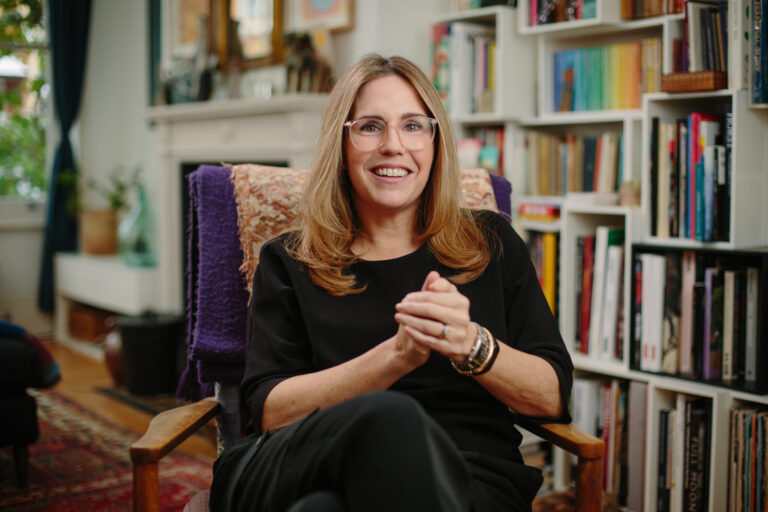Season 3: Building business resilience
5 steps to a sustainable business

Sustainability is not an option–it is essential for survival in the 21st century. When we launched smol, high-performance and eco-friendly household cleaning products in 2018, the industry was dominated by multinationals.
We knew that in order to stand out, we had to do things differently. We swapped plastic packaging for cardboard boxes small enough to fit through letterboxes. By delivering direct, we were able to cut out the supermarket and pass the savings on to the customer.
Since we launched, we have saved over 16,000 tonnes of carbon, more than 3,000 tonnes of chemicals, and 1,000 tonnes of plastic. We have donated over 150,000 washes to families who need them and put 80 mini-laundrettes in schools in deprived areas.
Reducing your carbon emissions can lower your running costs and save money–helping you maintain a competitive edge, gain resilience, attract new customers, and give you and your team purpose beyond your product or service.
So how do you do it and where do you start?
1. Assemble your team
Sustainability is a holistic business activity.
Get everyone in your team excited about sustainability. You can empower them with the company’s higher purpose, make an economic case for sustainability, and encourage knowledge sharing, learning and growth. Or incentivise engagement with some healthy competition, for example, sustainability employee champions.
You will be surprised how much sustainability will be on their minds–they are consumers too and will feel the pressures and recognise the risks.
2. Dedicate time
This is not something you can do on a Friday afternoon.
It won’t happen in an hour, a day, or a week. You will need several sessions and, where possible, someone with a dedicated sustainability role who is passionate about driving it for the future.
Think about the Eisenhower matrix. Sustainability will always remain in the important-not urgent box unless you make it a priority.
The problem is, when it becomes urgent and your business is not resilient anymore, it will be too late to tackle sustainability.
Set aside the time to put a plan in place. It is important, and it is urgent now.
3. Look at the entire lifecycle
Think about what your suppliers do, how they impact your business and put demands on what you expect from them.
If you produce food, you need to think about food waste, supplier strategies, land use, impact on biodiversity, pesticides, methane emission, water usage, working conditions, fair wage, palm oil, packaging, the list goes on.
Also think about what your customers are doing and help them make more sustainable choices.
For us at smol, one of the biggest ways to reduce carbon usage is not in the detergent you buy (although this can make a small difference) but in washing less and turning down the temperature on the machine.
Therefore, a big brand’s job is to communicate and help our customers understand what they should be doing at home. Helping them to understand the biggest impacts they are making in their day-to-day household chores is a really important role for the brand.
4. Carry out a materiality assessment
The materiality assessment is a task that will help you determine the big things with the most material effect.
Make a list of 5-6 things to focus on and put the issues in order of importance versus the impact that are most important for people and the planet.
If you work in fashion, for example, using recycled plastic hangers is a tiny opportunity compared to the industry’s impact on water, carbon, working conditions, responsible consumption, and gender equality.
Use your list of material thing that you can do to make the most significant impact to create a plan and set yourself realistic goals.
5. Make your commitments and progress public
Bring the rest of your business on board, ensure buy-in from key stakeholders, and allocate them tasks, delivery deadlines, and areas of responsibility.
Then make your commitments available to the public.
This is an important step for two reasons: it will hold you accountable and ensure the work doesn’t end up as a paper exercise gathering dust in a drawer.
But be careful not to tie your resource up in reporting–it is more important to dedicate your valuable time in doing as much work as possible rather than being caught up in metrics.
Sustainability is not an option
It’s a mandatory requirement for future business.
So take it seriously and give it time. If you don’t think about it now–think about the impact on your business if a competitor does.
Sustainability should always be on the agenda (it’s important and urgent). A materiality assessment will help you create a plan with realistic goals.
Make it public to hold you to account.
Good luck!





Leave a comment